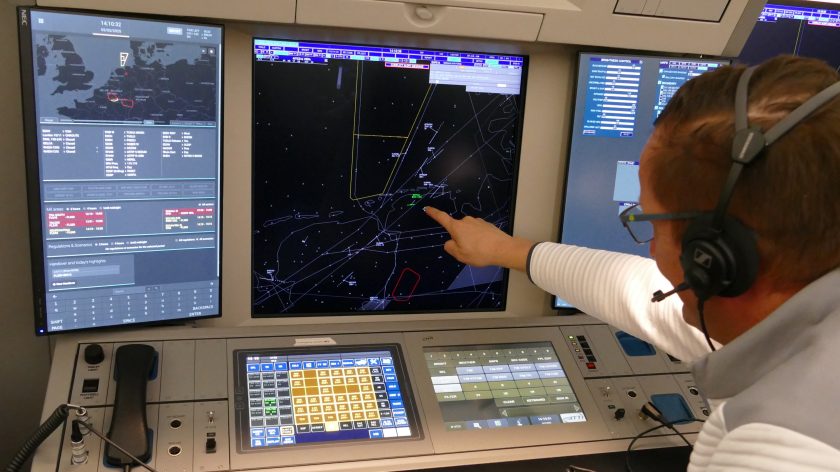A German Heron TP drone flew in military- and civilian-controlled airspace between Germany and the Netherlands on 3 February 2025, marking another step towards remotely piloted aircraft systems (RPAS) being allowed to fly safely alongside commercial airlines and other manned aviation.
The round-trip test flight built on previous work by the European Defence Agency (EDA), which has been supporting its Member States in the safe integration of RPAS into general air traffic airspace. It follows a similar milestone flight between France and Spain in December 2021. The recent Germany-Netherlands flight took place in upper airspace for the first time.
EDA initiated the project through a call for tender, which was awarded to a consortium led by the German Aerospace Center together with the Netherlands Aerospace Centre and the German armed forces. The German air force provided the Heron TP drone for testing and the project also received the support of the German military aviation authority.
The Heron TP, which is able to fly for more than 24 hours, took off from Schleswig in northern Germany, initially climbing in military-controlled airspace. From there, it was handed over to German air traffic control and the EUROCONTROL Maastricht Upper Area Control Centre, before transitioning into Dutch airspace at more than 8,500 metres (28,000 feet) above sea level, a region primarily occupied by commercial aircraft.
The German-Dutch mission implemented lessons learned to further refine the procedures to make such cross-border flights more commonplace. With two more test flights planned in the coming weeks, the focus is on demonstrating that mitigation measures developed so far are ‘aircraft agnostic’, meaning that they work across different RPAS platforms, including civilian drones. The aim is that the full integration of RPAS into shared airspace will soon be possible. Unlike the previous mission between France and Spain, which used a different drone model, February’s test helped confirm that integration procedures work across various aircraft, not just a single RPAS design.
Another objective of the test flights is to trial procedures in the event of a loss of communication between the remote pilot and the aircraft and to operate the drone at its maximum altitude. These flights are planned to take place over the coming weeks.
For more information




